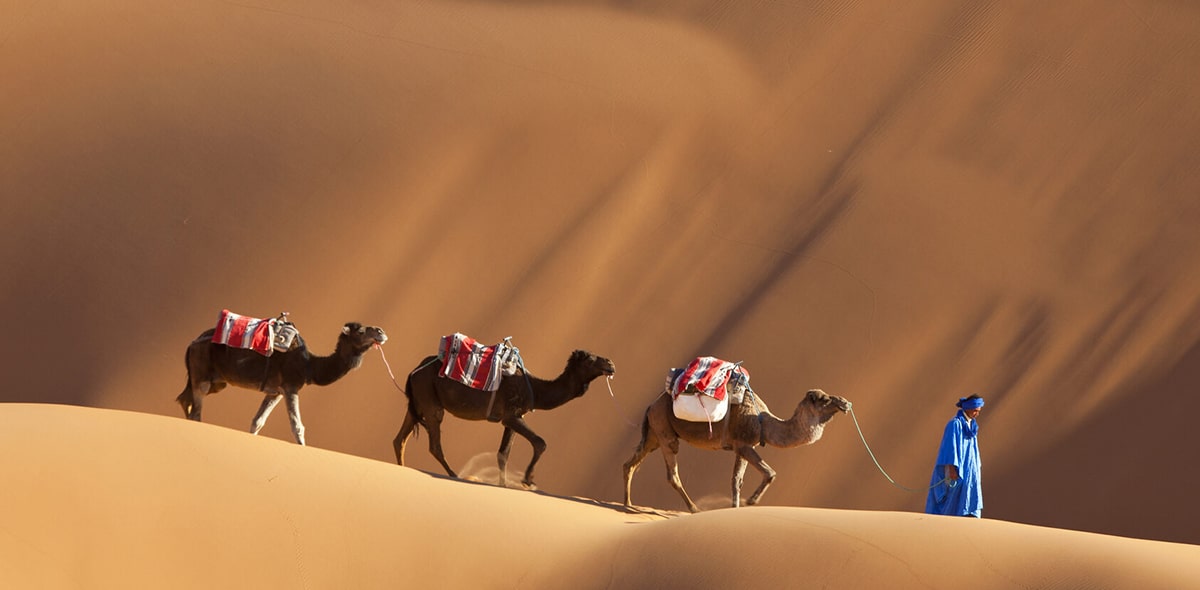
One of the most fascinating landscapes that our planet has are those arid areas that we call deserts. Deserts cover about a third of the Earth and they are a wonderful geographical phenomenon.
A desert is a dry region that technically receives less than 25 inches of precipitation per year, and can be formed by climate change or over time. let's see today the largest deserts in the world.
Sahara desert
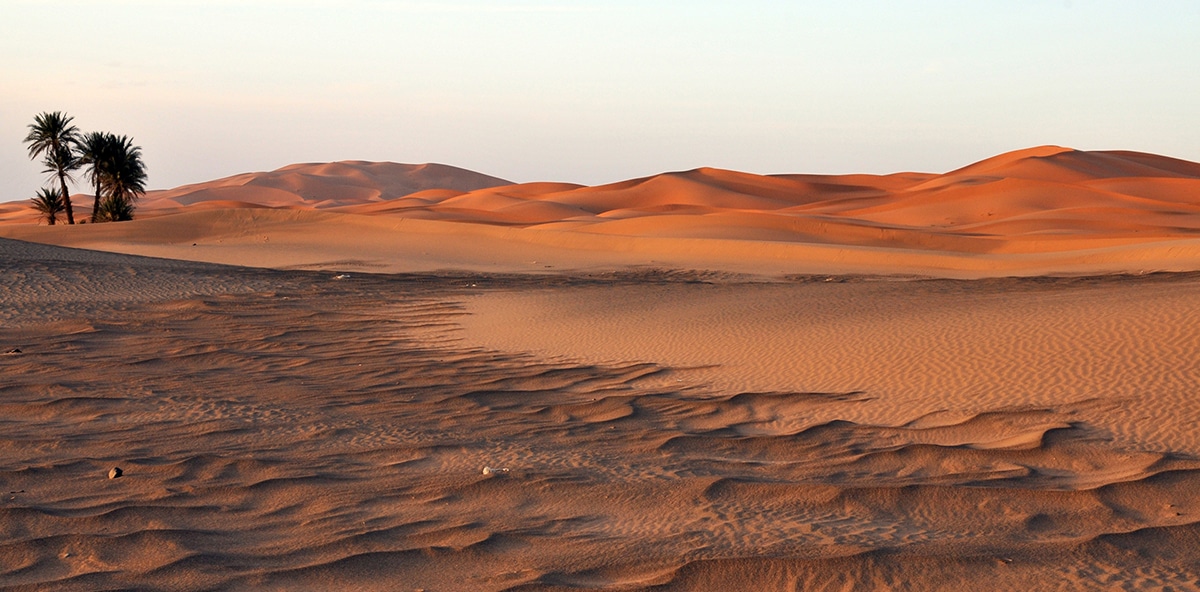
This desert covers an approximate area of 9.200.000 square kilometers And it's in North Africa. It is one of the largest, most known and most explored deserts in the world and is the third largest desert on the planet.
As we said, it is in North Africa, covering parts of Chad, Egypt, Algeria, Mali, Mautitania, Nigeria, Morocco, western Shara, Sudan and Tunisia. That is, 25% of the continental surface of Africa. It is classified as a subtropical desert and receives very little rain, but this was not always the case.
At some point, 20 years ago, the desert was actually a green region, a pleasant plain, receiving about ten times the amount of water it receives today. By slightly rotating the Earth's axis things changed and about 15 thousand years ago the greenery left the Sahara.
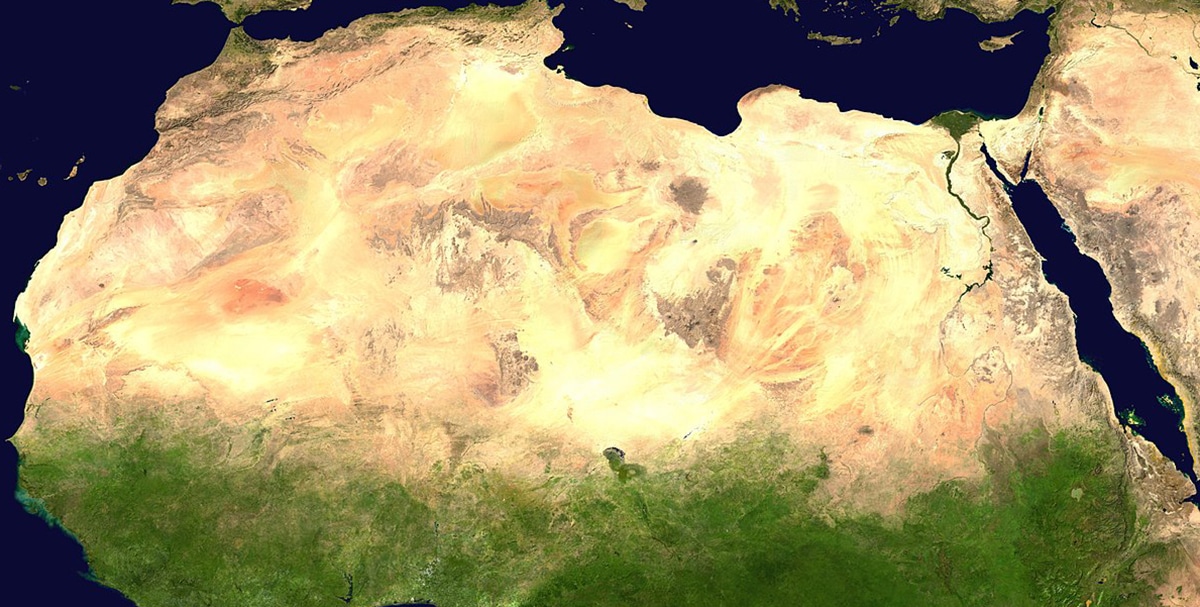
Sahara is a term that derives from another Arabic term, carra, which simply means desert. Animals? African wild dogs, cheetahs, gazelles, foxes, antelopes...
australian desert
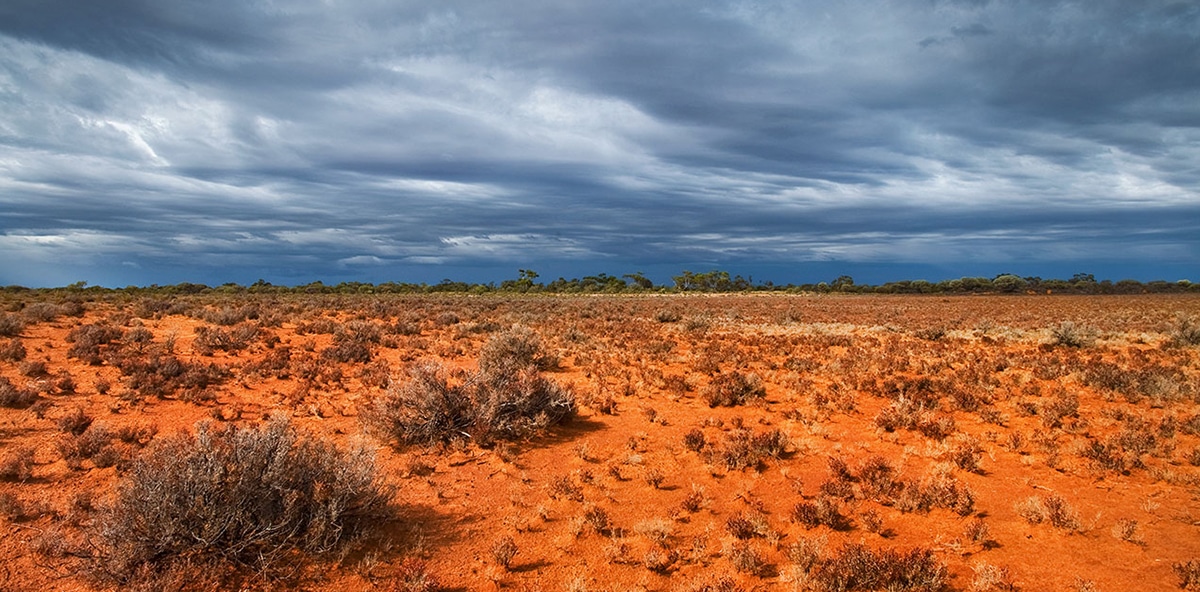
Australia is a huge island and except for its coasts, the truth is that it is quite arid. The Australian desert covers an area of 2.700.000 square kilometers and results from the combination of the Great Victorian Desert and the Australian Desert itself. Its about fourth largest desert in the world and will cover a total of 18% of the continental landmass of Australia.
Also, this one it is the driest continental desert in the world. In fact, the whole of Australia receives so little annual precipitation that it is almost entirely considered a desert island.
Arabian desert
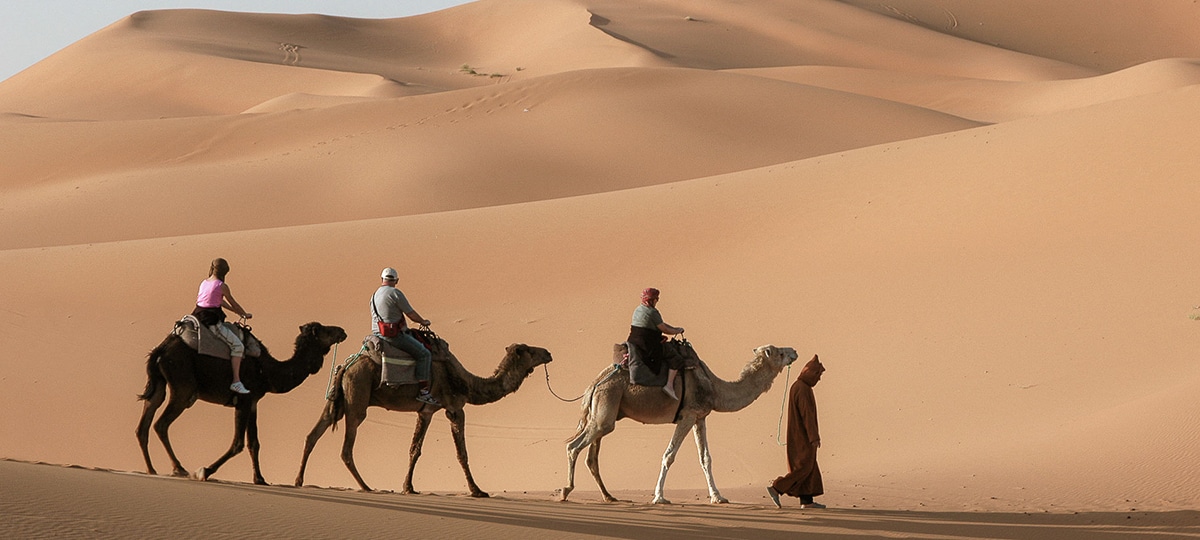
This desert covers 2.300.000 square kilometers And it's in the Middle East. It is the largest desert in Eurassia and the fifth in the world. In the heart of the desert, in Saudi Arabia, lies one of the largest and continuous bodies of sand in the world, the classic postcard of eternal dunes: Ar-Rub Al-Khali.
Gobi desert
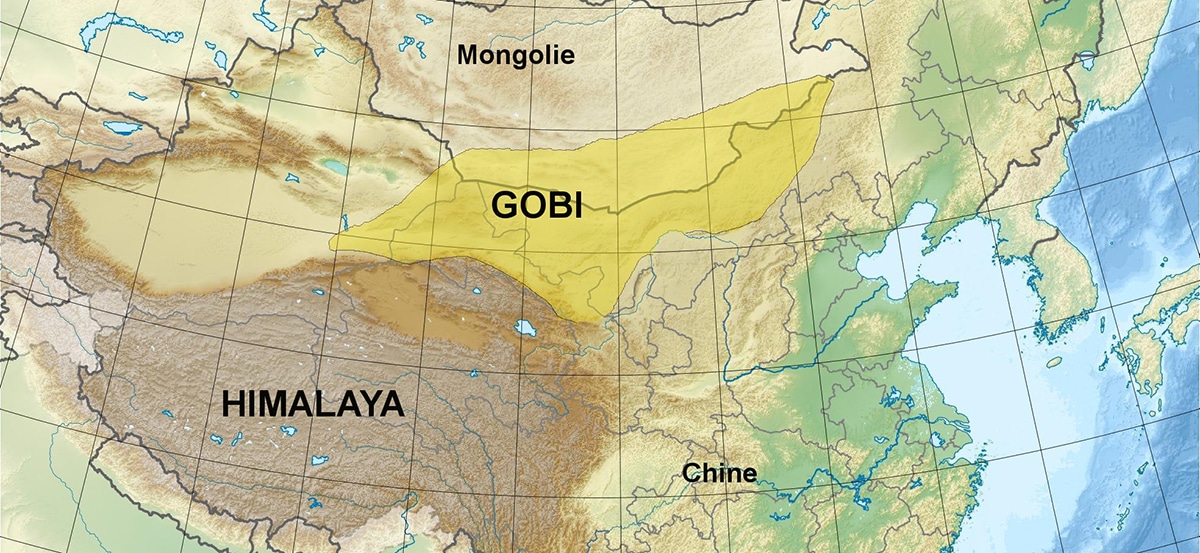
This desert is also well known and is located in the east asia. It has an area of 1.295.000 square kilometers and covers much of the northern China and southern Mongolia. It is the second largest desert in Asia and the third in the world.
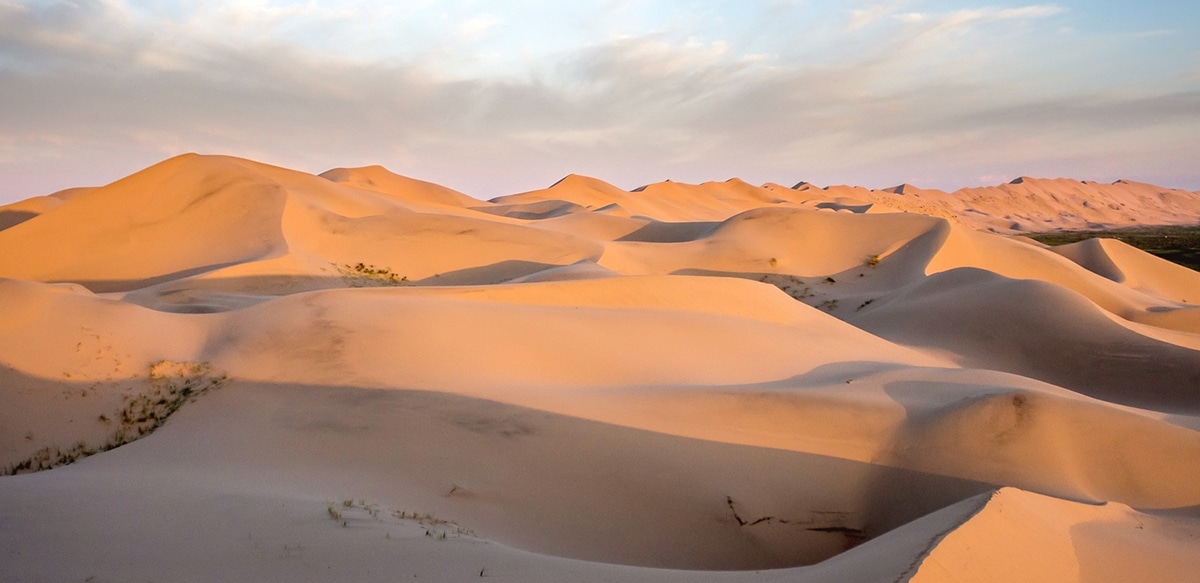
The Gobi Desert is a region that became a desert when the mountains began to block the rains and the plants began to die. Despite that, today animals live here, rare, yes, but animals nonetheless, such as camels or snow leopards, some bears.
Kalahari desert
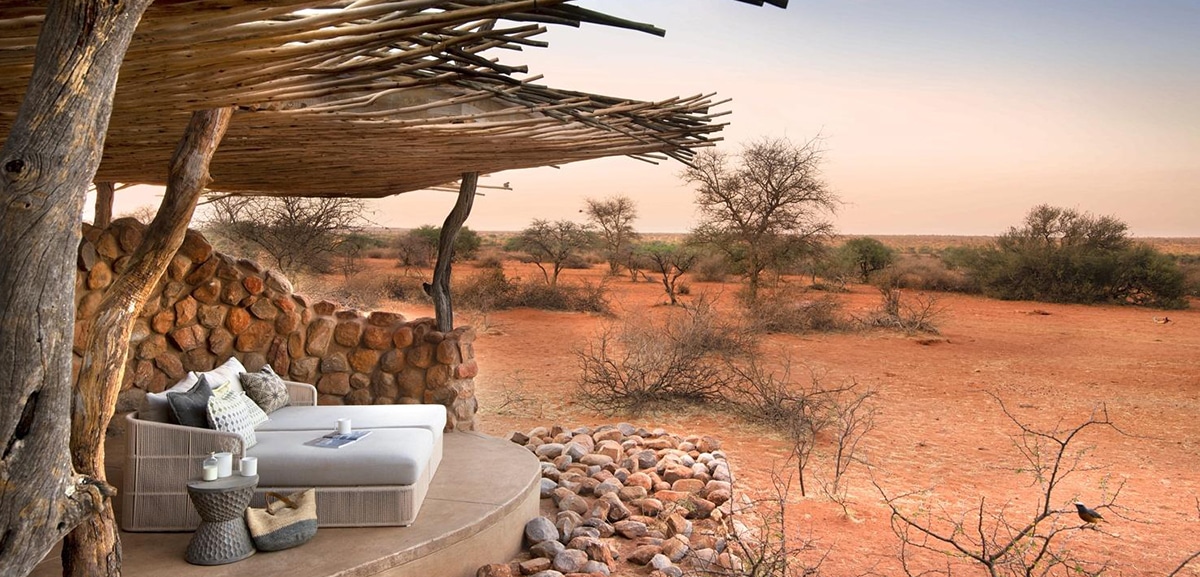
This is one of my favorite deserts because I remember a documentary that they made us watch at school about their animals. It is in southern Africa and has an area of 900.000 square kilometers.. It is the seventh largest desert in the world and passes through Botswana and some parts of South Africa and Namibia.
Nowadays you can know it because many types of safaris are offered. One of the most spectacular national parks is that of Botswana.
Syrian desert
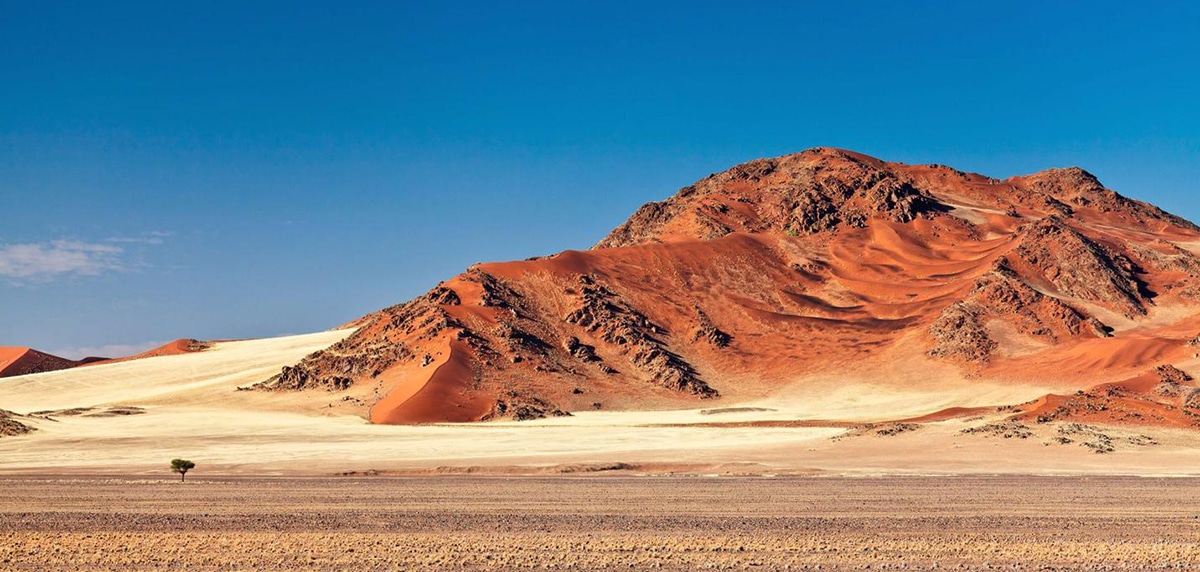
This desert is located in Middle East and has barely 520.000 square kilometers of surface. It is the Syrian steppe, a subtropical desert that is considered to be the ninth largest desert on the planet.
The northern part joins the Arabian Desert and its surface is bare and rocky, with many absolutely dry riverbeds.
arctic desert
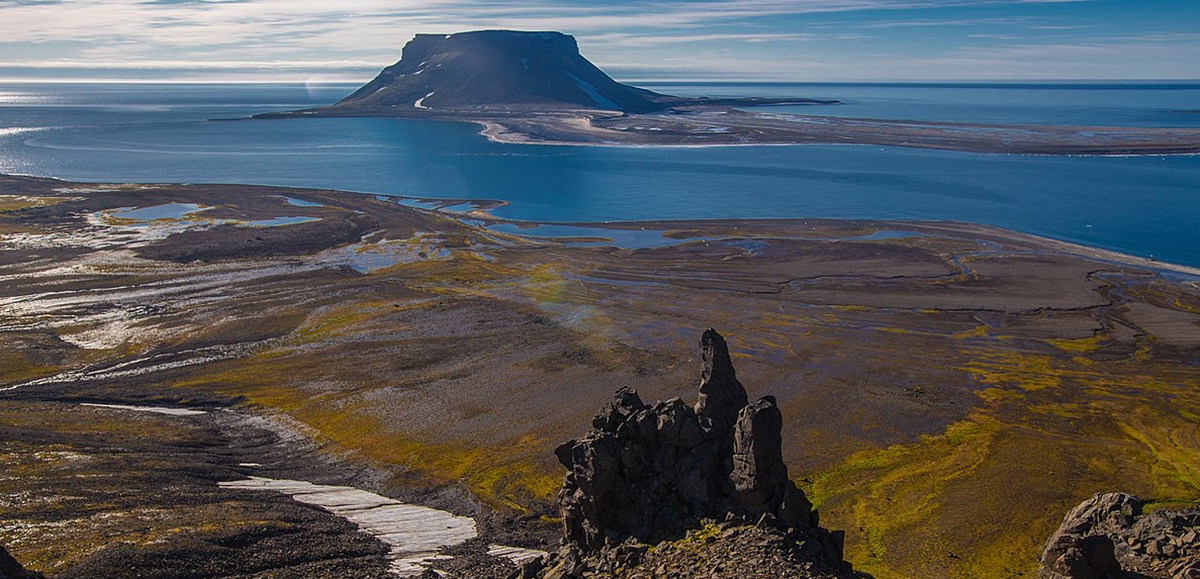
There are also deserts that are not hot sand and earth. For example, the Arctic Polar Desert is well to the north of our world and it is very cold. It doesn't rain here either everything is covered by ice.
As this ice covers everything, animals and plants are not usually seen in abundance, although there are some wolves, polar bears, arctic foxes, crawfish and else. Many of them have migrated from the tundra, where there is more vegetation, and others are more permanent residents.
This desert has an area of 13.985.935 square kilometers and go through Canada, Iceland, Greenland, Russia, Norway, Sweden and Finland.
Antarctic Polar Desert

On the other side of the world there is a similar desert. Covers most of Antarctica and is technically the largest desert in the world. If we compare it with the rest we can see that its size it could be the junction of the Gobi, Arabian and Sahara deserts.
Although both polar deserts are similar, the flora in them is different. This desert in the south it seems that it has no life, just a group of microorganisms that were discovered in the '70s. Here there is much more wind than in its brother to the north, it is more arid and hypersaline lakes are formed like Lake Vanda or the Don Juan pond, with such a saline concentration that life is impossible.
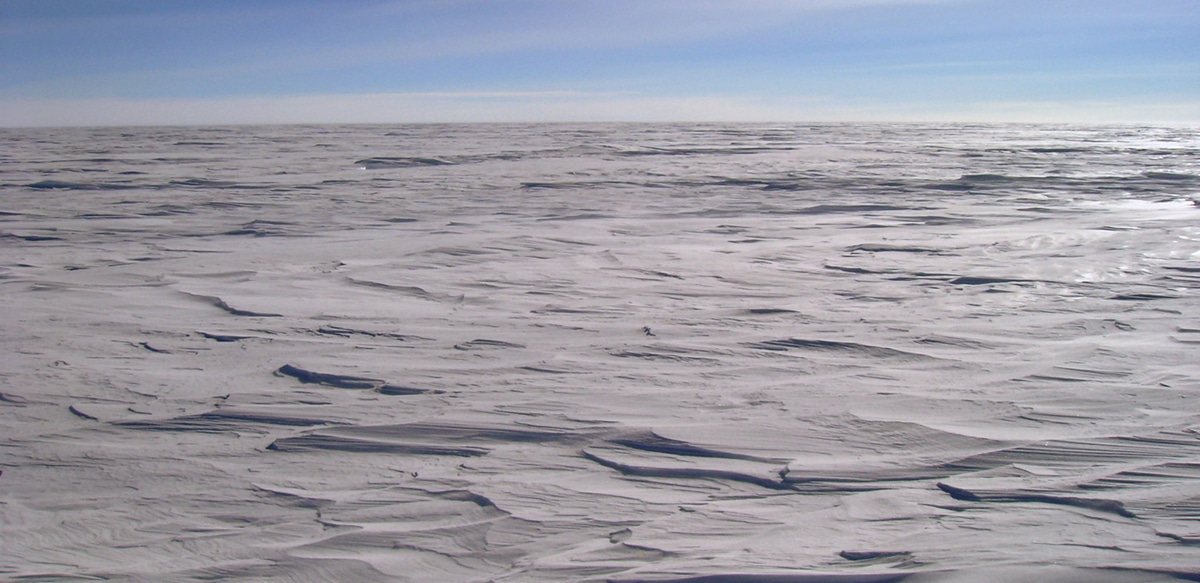
The Antarctic Polar Desert occupies an area of 14.244.934 square kilometers.